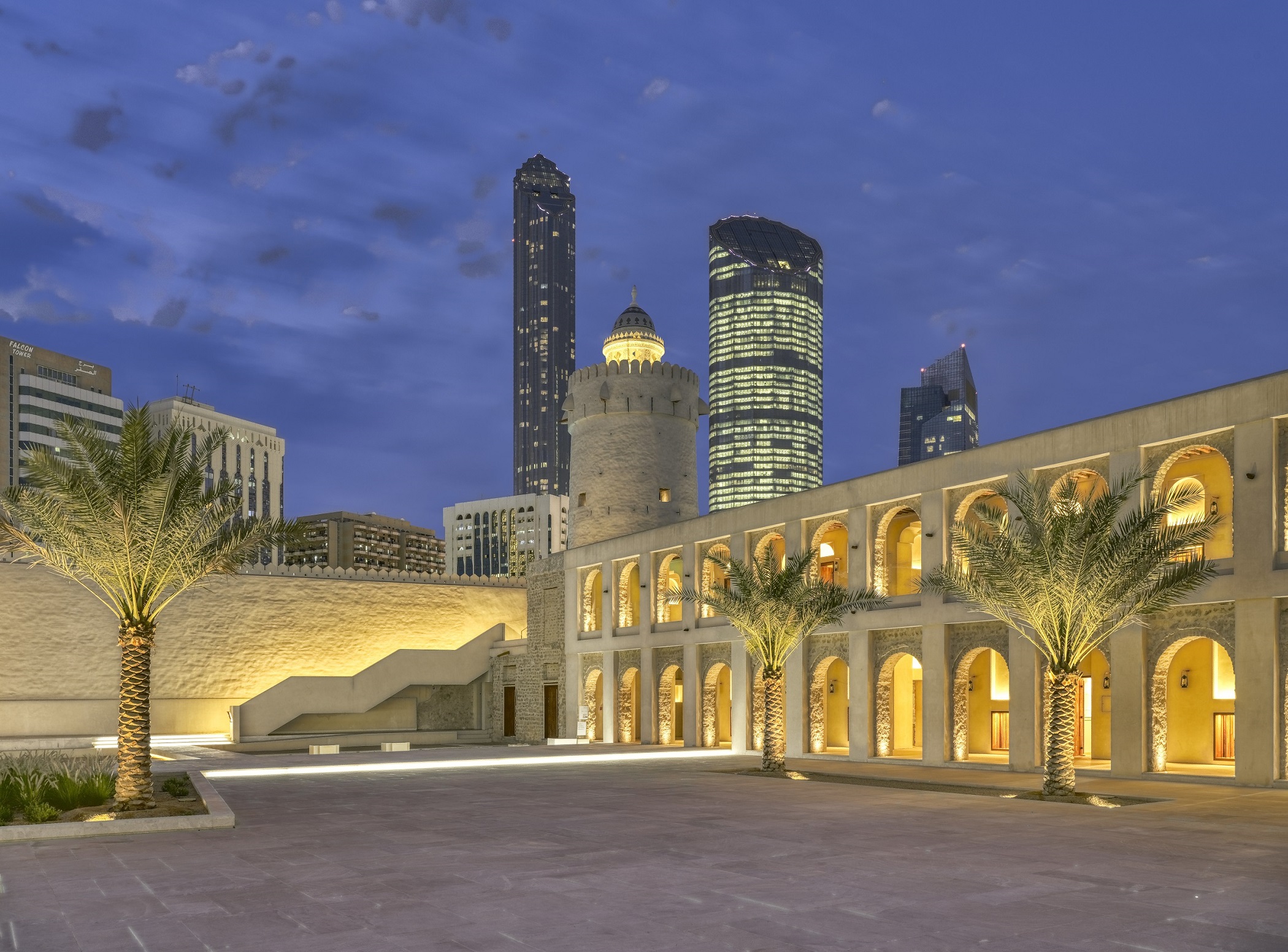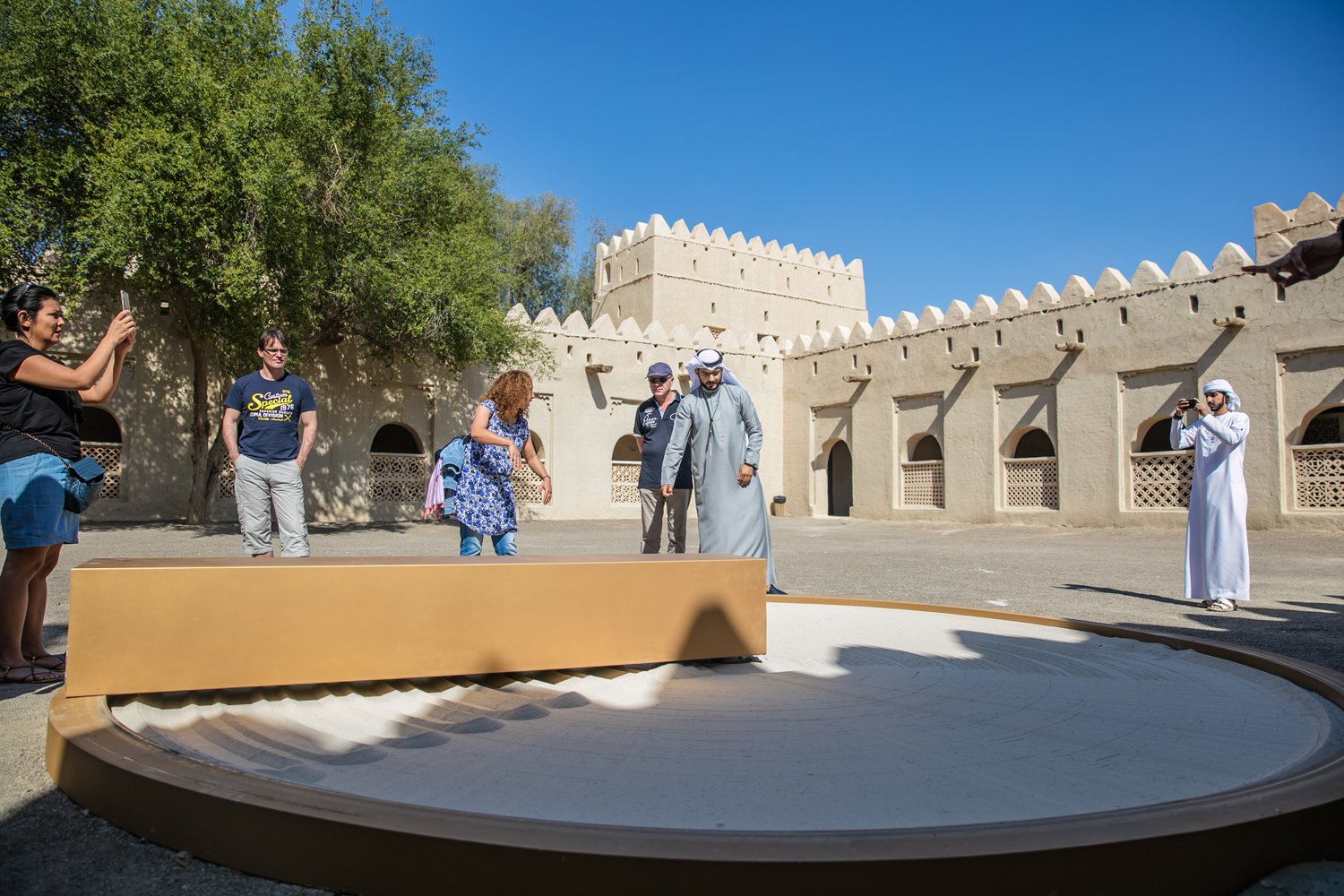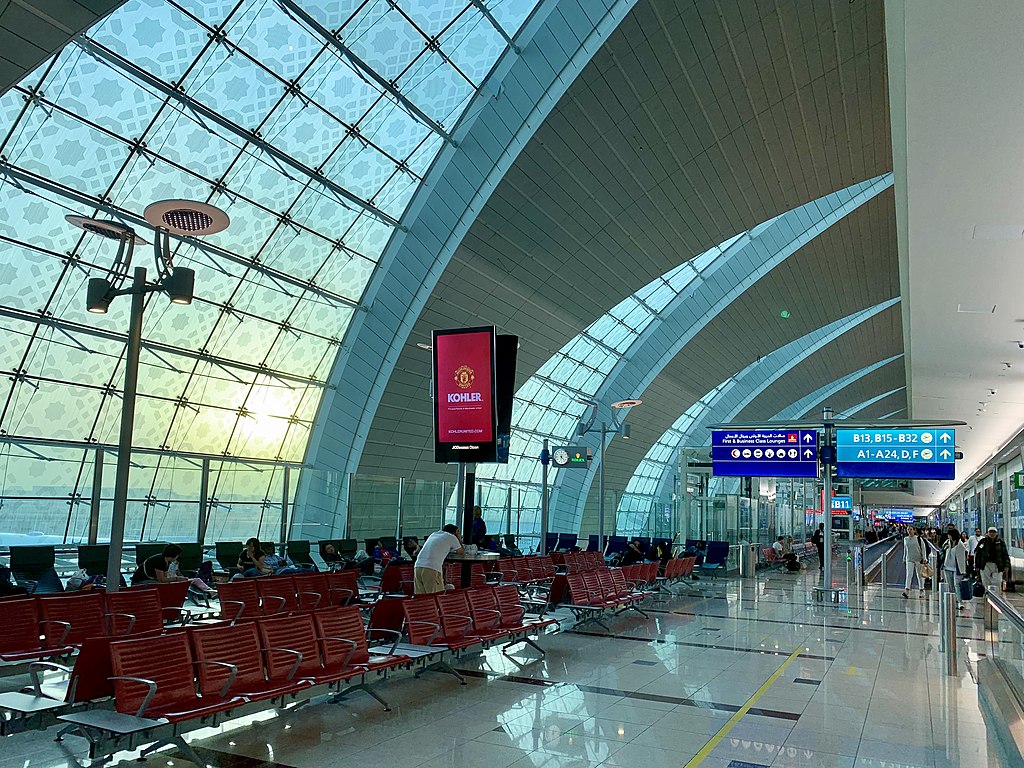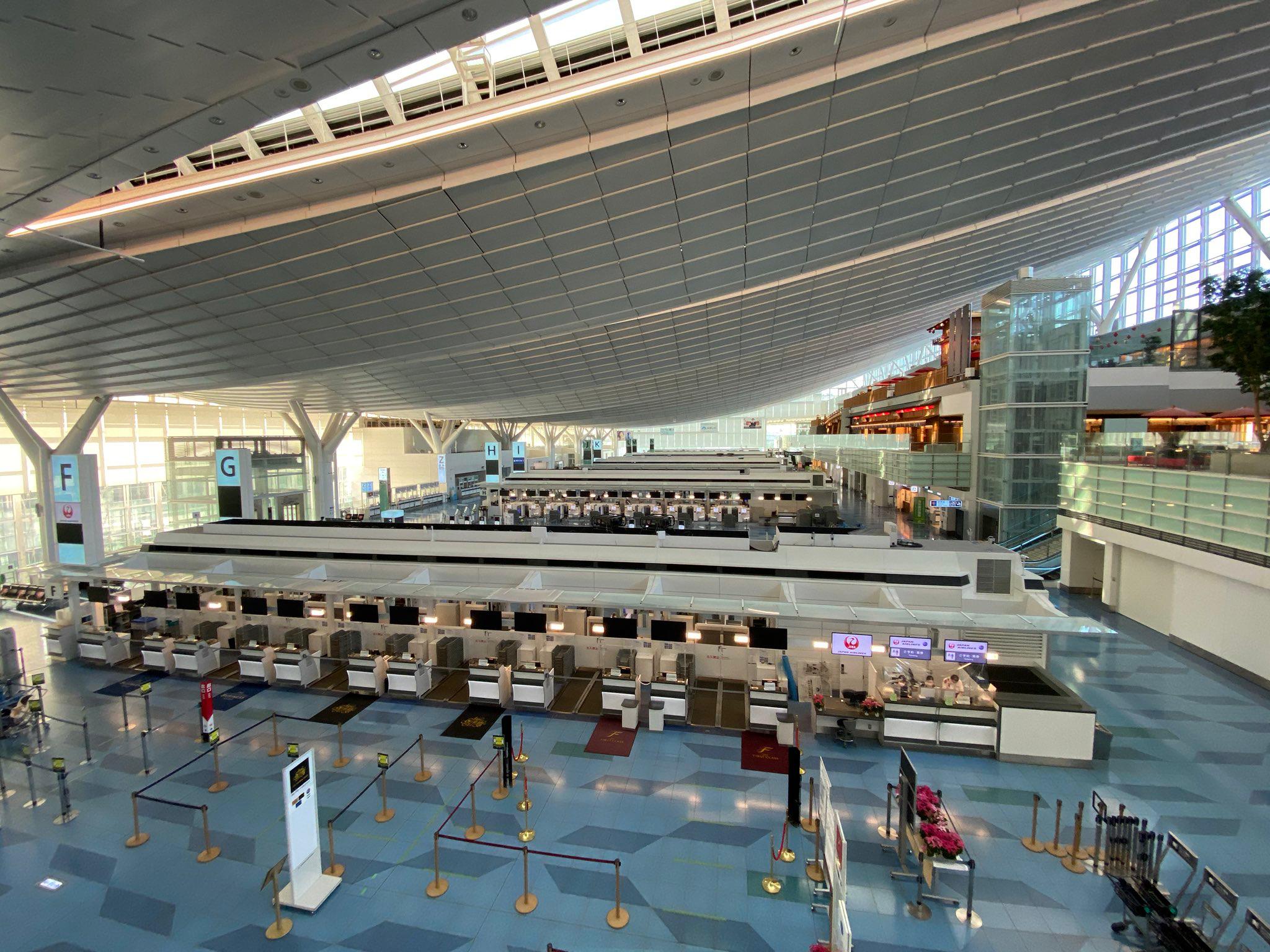
Abu Dhabi, often recognized for its striking skyscrapers and modern infrastructure, hides a profound historical legacy beneath its contemporary surface. This emirate is a treasure trove of archaeological sites and cultural narratives that reflect the rich tapestry of civilizations that have thrived in this region over thousands of years.
From ancient forts and burial grounds to the remnants of trade routes and traditional crafts, Abu Dhabi's history is deeply intertwined with the lives of its inhabitants. The emirate's landscape is dotted with evidence of past civilizations, showcasing how they adapted to their environment and interacted with diverse cultures.
1. Soak Up Rich History in the City Center

At the heart of Abu Dhabi lies Qasr Al Hosn, the oldest stone building in the city and a symbol of its heritage. Originally constructed as a watchtower in 1760, this monument has served various purposes, from a royal residence to a government seat. Visitors can explore its museum, which houses artifacts and exhibits detailing the emirate’s political and social evolution, providing a window into the lives of those who shaped Abu Dhabi.
Location: Qasr Al Hosn, Abu Dhabi City
2. Meet the Artisans Behind Traditional Emirati Crafts

The House of Artisans within the Al Hosn complex is a vibrant celebration of Emirati craftsmanship. Here, visitors can engage with local artisans who practice traditional crafts passed down through generations. The intricate Sadu weaving, recognized by UNESCO, involves creating stunning geometric patterns that reflect the Bedouins' connection to their surroundings. Additionally, the art of Khoos weaving, which utilizes date-palm leaves, showcases the resourcefulness of the Emirati people. Participating in the Bait Al Gahwa coffee ceremony offers a glimpse into the social customs surrounding hospitality and community bonding.
Location: House of Artisans, Al Hosn Complex, Abu Dhabi City
3. Marvel at Ancient Treasures Hauled from the Sea

Abu Dhabi's coastal waters tell a story of a thriving maritime culture. A boat tour can illuminate the importance of fishing and pearling in the emirate's economic history. The Pearl Diving excursions allow visitors to experience the traditions of this vital industry, complete with traditional dhows and stories of the daring divers who braved the depths in search of pearls. These excursions often feature reenactments of historical practices, providing an immersive experience of life in ancient Abu Dhabi.
Location: Abu Dhabi Corniche and nearby coastal waters
4. Wander Ancient Walkways in Oases Over 4,000 Years Old

A short drive from the capital, Al Ain is recognized as the garden city of Abu Dhabi, boasting a rich agricultural heritage supported by its natural oases. The Al Ain Oasis, a UNESCO World Heritage Site, offers a serene environment where visitors can stroll among date palms and learn about the ancient falaj irrigation system. This oasis is not just a picturesque landscape; it represents the ingenuity of early inhabitants who cultivated the land for millennia, providing a vital resource for both the local population and the surrounding regions.
Location: Al Ain Oasis, Al Ain
5. Explore Picturesque Forts that Protected this Fertile Area

Al Ain is home to several historical forts, including Al Jahili Fort, built to protect the city from external threats. It features exhibitions that highlight the adventures of Sir Wilfred Thesiger, providing insights into the desert exploration of the 20th century. Qasr Al Muwaiji, another important site, is where Sheikh Khalifa bin Zayed Al Nahyan spent his early years. This fort-palace not only served as a royal residence but also as a seat of governance, making it a key element of Abu Dhabi's political history.
Location: Al Jahili Fort and Qasr Al Muwaiji, Al Ain
6. Go Back in Time to the Bronze and Iron Ages

The Hili Oasis is a remarkable archaeological site that reveals the region's prehistoric past. The Hili Archaeological Park showcases evidence of some of the earliest agricultural settlements in the UAE. Visitors can explore the remnants of Bronze Age and Iron Age villages, including burial grounds and ancient forts. The park is particularly known for the Hili Grand Tomb, an impressive structure that offers a glimpse into the burial practices of ancient societies.
Location: Hili Archaeological Park, Al Ain
7. Discover Cross-Cultural History at Sir Bani Yas Island

For a historical getaway, Sir Bani Yas Island offers a unique experience. Known for its wildlife and rich history, the island has Late Stone Age and Bronze Age roots. It was also home to a church and monastery from the 7th century, highlighting the region's history of religious coexistence and extensive trade networks across the Arabian Gulf. Visitors can explore archaeological sites, enjoy guided tours, and learn about the island's diverse history, which reflects a blend of cultural influences.
Location: Sir Bani Yas Island, Al Dhafra Region
8. Be Amazed by the World’s Largest Sand Mass

The Rub' al Khali, or the Empty Quarter, is a vast desert that captivates adventurers and historians alike. This immense expanse has been a backdrop for human activity for thousands of years, serving as a crucial link in the ancient Silk Road trade routes. Visitors can embark on desert safaris to experience the mesmerizing dunes and learn about the historical significance of this region as a center of trade and commerce.
Location: Rub' al Khali (Empty Quarter), Southern UAE
9. Meet the Animals that Made History

The relationship between the Bedouins and their animals, particularly camels and falcons, is central to Abu Dhabi's cultural heritage. Camels were invaluable for transportation and trade, while falcons played an essential role in hunting. The Saluki, a breed of dog used for hunting, highlights the deep bond between the Bedouins and their animals. The recognition of falconry as a UNESCO Intangible Cultural Heritage underscores its cultural significance, celebrated through festivals and events that honor this ancient practice.
Location: Various locations across Abu Dhabi
Useful Tips for Visitors
- Best Time to Visit: The cooler months from October to April are ideal for exploring outdoor sites without the intense heat.
- Cultural Etiquette: Dress modestly, especially when visiting religious sites and traditional areas.
- Transportation: Renting a car or using ride-sharing services can make it easier to visit remote sites like Al Ain and Sir Bani Yas Island.
- Guided Tours: Consider joining guided tours for a deeper understanding of the history and significance of each location.
- Local Cuisine: Don’t miss trying traditional Emirati dishes at local restaurants to enhance your cultural experience.
By exploring these diverse aspects of Abu Dhabi's ancient history, visitors can gain a deeper understanding of the emirate's cultural heritage and the enduring legacies that continue to shape its identity today.










































.jpg)






.jpg)






















.jpg)


